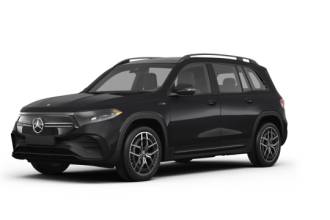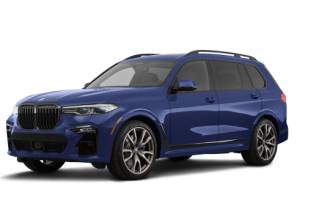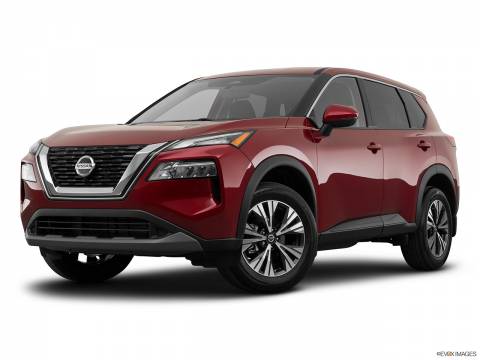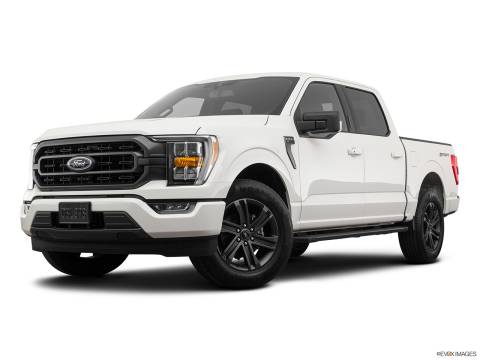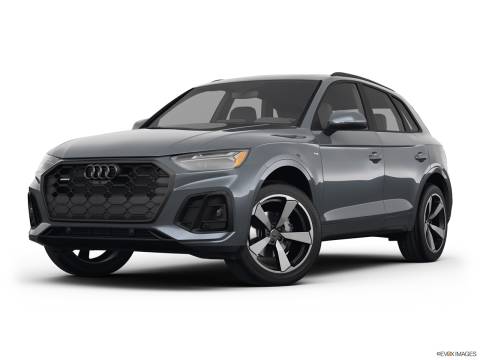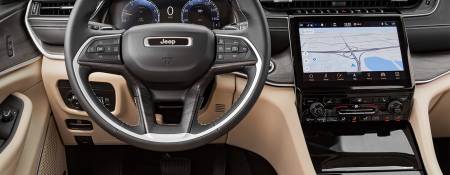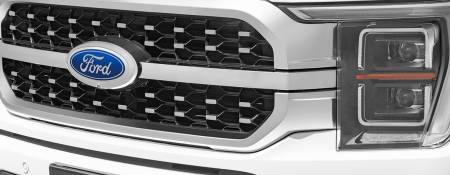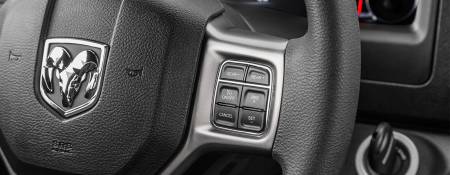Chances of having a car accident during Winter triple up compared to Summer. Winter Tires, AWD, ABS, Traction Control, Collision Avoidance Systems and even Mercedes-Benz 4MATIC Advanced Technology are useless if you don't understand that you are driving on top of a road that has very slippery conditions. You need to be operating with your mind in "winter mode."
Identify Black Ice Areas
You don't see it, but it is there. Every little hole on the road (that is intentionally there on the Asphalt material to create traction) gets filled up with water and is perfectly frozen, creating a surface as flat as a mirror. You know what I mean. Although this is counterattacked by salt poured by the road safety teams, in places like bridges or elevated highways, where the cold airflow goes above and below the structure, this happens a lot.
And the "why" is very simple: the structure itself is frozen from the inside out, so whatever water that falls on it, gets frozen by the structure itself. The air flow that goes through the top and the bottom makes these kinds of constructions to behave differently than the road pavement.
Remember it: Highway Connections, Bridges, and Elevated Roads.
Snowy Asphalt
Most winter tires are good enough to clear up to 2.5cm of snow between it and the road. This means that when you drive on top of the snow, the thread pushes it to the sides and helps the rubber to actually connect to the ground and create friction.
The problem comes out when the amount of snow is more significant, making the actual connection to be between the rubber and a layer of snow that is compressed on top of the ground. This means that if you hit the breaks, your tires will be dragging snow out of the surface more than hardly breaking your car. For sure, winter tires are way more effective dealing with this than normal ones.
Just don't wait until the end to change them. Under 7 degrees Celcius put the winter tires back on.
Follow The Trails
The best way to go is always following an existing track someone else made. Either if they succeeded or not, going through the path of someone else's tires has two main benefits:
- First One - You go through the thinnest layer: As someone else and, in fact, multiple people have been doing the same for a while, it is the safest way to go. It may be even the raw road surface or just a melted layer of water. Just watch the behavior of the vehicle in front of you and how it reacts when the brake lights are turned on. Whatever is happening to it, will happen to you.
- Second One - You are avoiding the average layers and even the worst ones: Driving on top of the snow is crazy scary and uncontrollable. The same way the wheel track is clear, that snow didn't vaporize. It was pushed to the sides, by the other cars, so if there were initially 4cm of snow, you would end up driving on top of a 6 or even 8 cm layer if you go "off track," increasing the chances of losing the control of the vehicle.
Avoid Being the First One
When possible, try not to be the first one to "open the road". Many pickup trucks equipped with shovels are the first ones to open the path to everyone else. Even big SUVs tend to go out first as these are more "snow ready" and move around opening the path for themselves and everyone else.
Keep Your Distance
As I mentioned once in the article "Winter Driving Tips." It is very important that you imagine yourself with 2 vehicles in front of you. Do you want a fresh "wake up" fact? When the road is clear and safe, speed up a little bit and hit the brakes hard. This will remember you where you are rolling.
I always suggest this to everyone who is driving in winter. Test it when safe, so you have it fresh in your mind all the time and driving in "winter mode."






